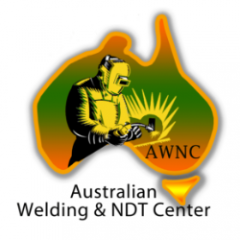Non Destructive Testing
NDT plays a crucial role in everyday life and is necessary to assure safety and reliability. Typical examples are aircraft, spacecraft (shuttle), motor vehicles, pipelines, bridges, trains, power stations, refineries, buildings and oil platforms that are all inspected using NDT.
NDT is a Quality Assurance management tool which can give impressive results when used correctly. It requires an understanding of the various methods available, their capabilities and limitations, knowledge of the relevant standards and specifications for performing the tests.
Welding Engineer
Welding Engineers employ their extensive knowledge of physics, engineering, metallurgy, materials, welding, and standards to design, examine, and evaluate welds as well as to plan, supervise, and document welding operations by relevant codes, contracts or drawings. The Welding Engineer’s role is critical to the integrity of the vast number of buildings, vehicles, machinery, and products that require welds.
Welding Engineering
Welding Engineering is one of the programs in the Department of Materials Science and Engineering at AWNC. While many think of welding in terms of a process, it is actually a complex engineering discipline that involves aspects of materials science, design, inspection, mechanical and electronic systems, lasers, and robots.
It has been estimated that welding engineering impacts more than 50 per cent of the products manufactured in Australia. Almost every segment of our economy depends, to some degree, on welding and materials joining.

